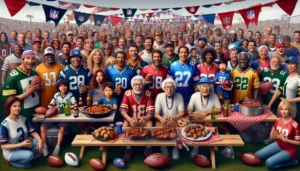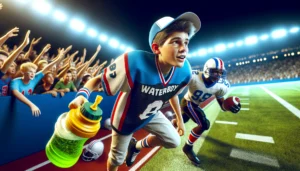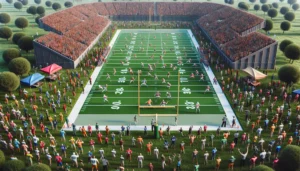Key Takeaways
- NFL mascots earn an average annual salary of $60,000, with some making up to $70,000 or more based on experience, location, and responsibilities.
- High-earning NFL mascots like KC Wolf and ROWDY benefit from extensive roles, media appearances, and large market teams, with some nearing six-figure incomes.
- Mascot responsibilities include performing stunts, hyping crowds, community engagement, and representing the team’s branding on and off the field.
- Perks for NFL mascots often include healthcare benefits, paid travel, costume maintenance, and bonuses for special events like playoffs or the Super Bowl.
- Challenges faced by mascots include physical demands, extreme weather, long hours, and balancing personal and professional commitments.
- Compared to other leagues, NFL mascots earn higher salaries, outpacing performers in the NBA and minor league sports.
When I think about NFL games, it’s not just the players or the touchdowns that come to mind—it’s also those energetic mascots bringing the crowd to life. Whether they’re hyping up fans, pulling off hilarious stunts, or dancing on the sidelines, these mascots are an essential part of the game-day experience. But have you ever wondered how much these performers actually make for all their hard work?
Overview Of NFL Mascots
NFL mascots represent their teams through engaging performances and interactive activities. These characters often wear elaborate costumes designed to embody the team’s branding. They attend games, team events, and community programs, building a connection between fans and the organization.
Most mascots entertain audiences by performing stunts, interacting with fans, and creating memorable moments during games. Some mascots, like KC Wolf of the Kansas City Chiefs or Poe of the Baltimore Ravens, have gained significant recognition for their unique personalities and antics.
NFL team mascots also contribute to team publicity off the field. They participate in commercials, media promotions, and charity events, helping to boost public relations and maintain a positive team image.
Responsibilities Of NFL Mascots
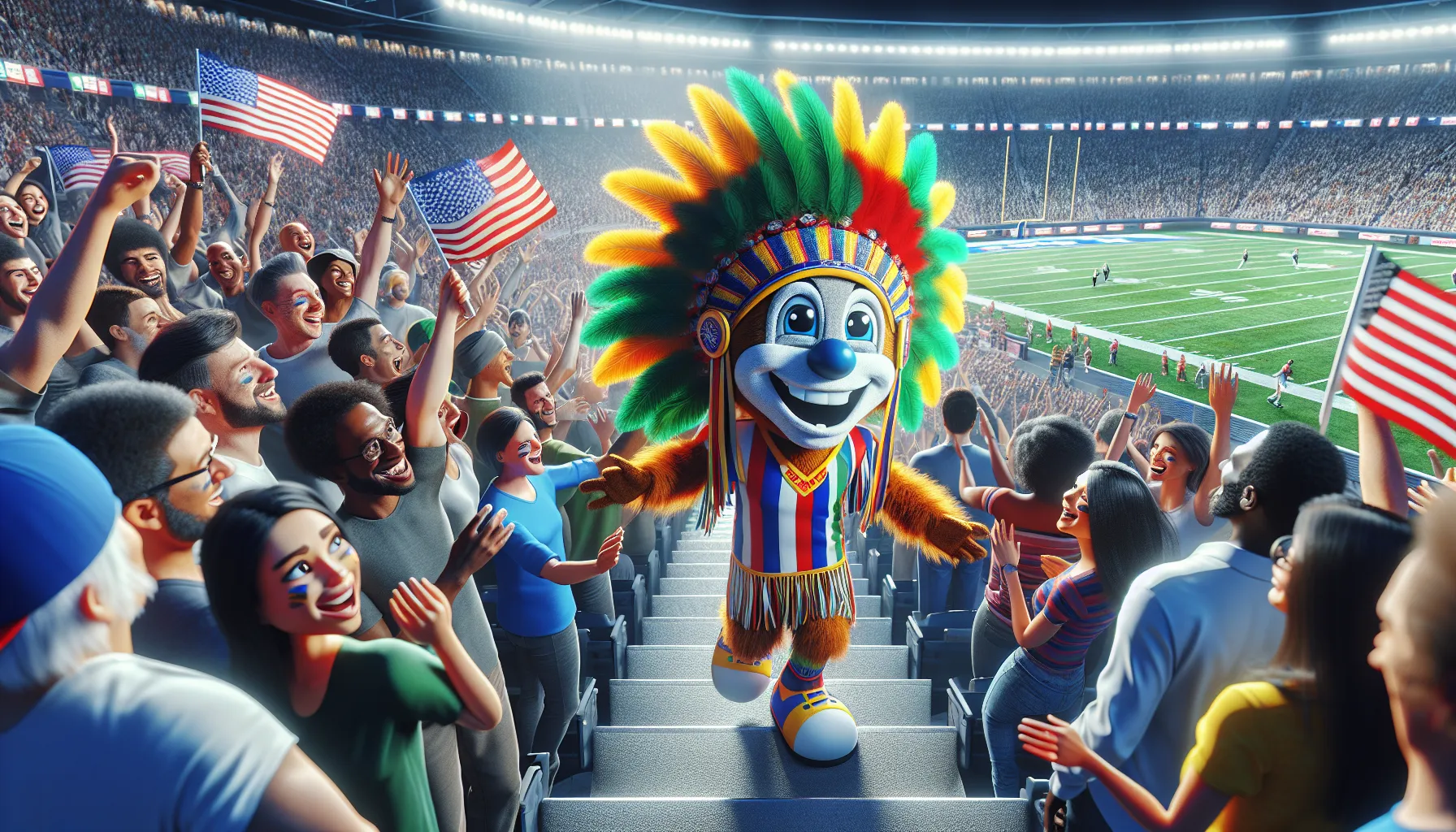
NFL mascots take on various duties that go beyond simply wearing a costume. They contribute to the overall fan experience, team representation, and community involvement.
Entertaining The Crowd
I engage fans during games by performing choreographed routines, stunts, and comedic acts. Whether it’s dancing in the end zone, leading chants, or hyping up the crowd after a big play, my job is to keep the energy levels high. During breaks, I interact with fans in the stands and participate in on-field activities, ensuring everyone feels part of the excitement.
Representing The Team
I embody the team’s identity by wearing a costume that reflects the branding and spirit of the organization. During games and promotional events, I act as a living symbol of the team, helping foster a deeper connection between the fans and the franchise. My actions, whether on or off the field, align with the team’s values and public image.
Community Events And Appearances
I attend charity events, school visits, and team-sponsored programs to engage with fans outside the stadium. From posing for photos to participating in parades, I play a key role in connecting the team to the community. These appearances build goodwill and strengthen the team’s relationship with its local supporters.
Average NFL Mascot Salaries

NFL mascots earn competitive salaries that reflect their hard work and entertainment skills. On average, they make around $60,000 per year, with some earning up to $70,000 or more based on their experience and role.
Factors Influencing Salaries
Several factors affect how much NFL mascots earn. Team market size plays a significant role, as larger markets, like New York or Dallas, usually offer higher pay due to increased revenue and fan engagement. Experience and tenure are also critical, with seasoned mascots often earning more than newcomers. Additionally, the scope of responsibilities, like media appearances or involvement in community programs, can impact compensation.
Comparison To Other Sports Mascots
NFL mascots generally earn more than mascot performers in other sports. For example, NBA mascots average around $50,000 annually, while those in minor league sports might earn below $30,000. Highly popular NFL mascots, especially those with extensive public roles, may even approach six-figure incomes, outpacing the mascot salaries in most other leagues.
High-Earning NFL Mascots
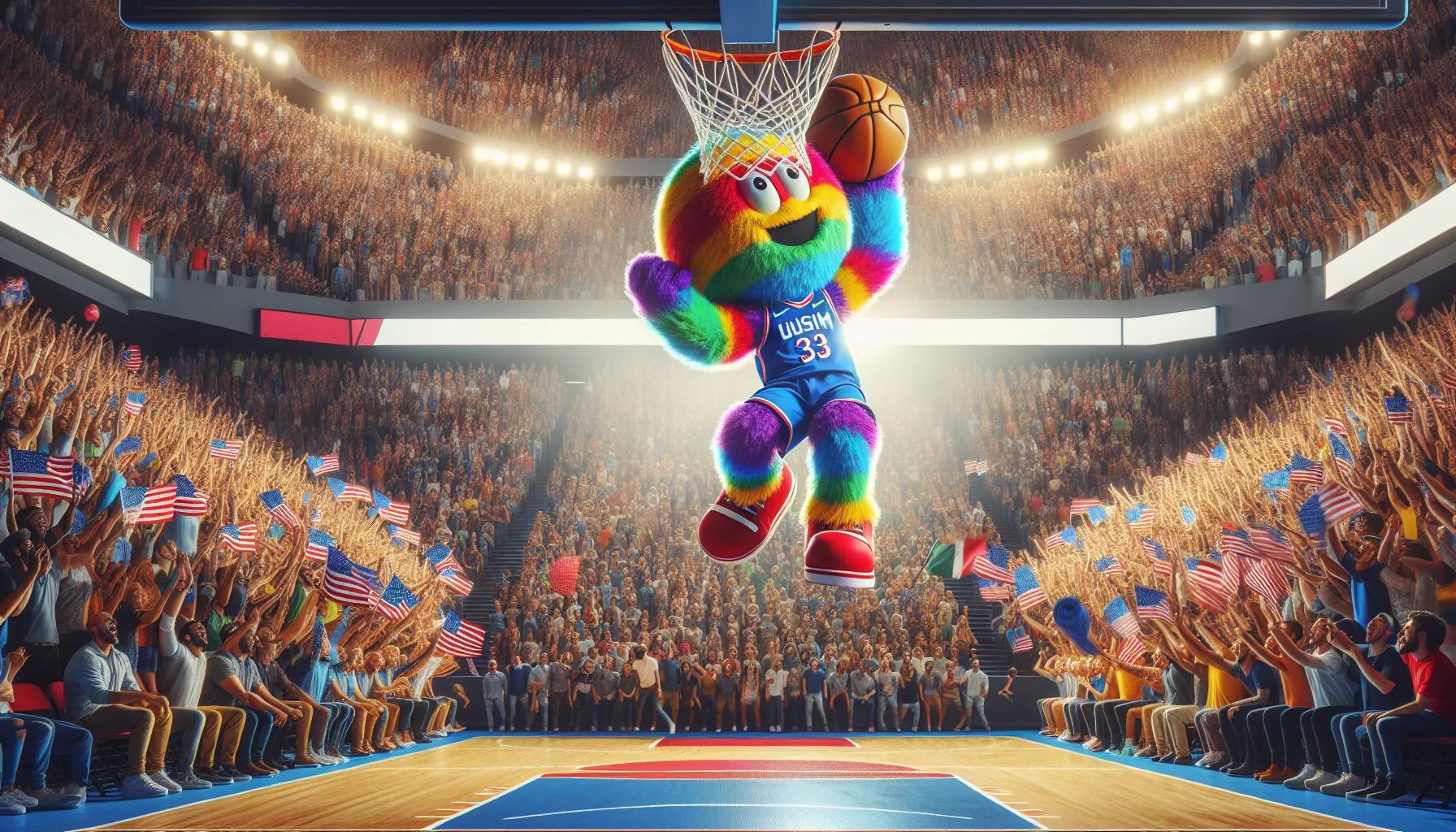
NFL mascots with widespread popularity and extensive roles often earn higher salaries, reflecting their impact on team branding and fan interaction. Some mascots even approach six-figure incomes due to their visibility and skillsets.
Notable Examples
Certain mascots stand out not just for their personas but also for their earnings. KC Wolf from the Kansas City Chiefs is among the highest-paid, reportedly earning close to $65,000 annually. Similarly, ROWDY, representing the Dallas Cowboys, benefits from the team’s massive fan base and market size, placing him in the higher earning bracket. These mascots are frequently utilized for media appearances, merchandise promotion, and high-profile events, justifying their enhanced compensation.
Special Skills And Performances
The most successful NFL mascots often possess unique skills that elevate their performances. High-earning mascots perform complex stunts like trampoline dunks, ziplining entrances, and choreographed dance routines, which require athleticism and precision. For instance, Blitz of the Seattle Seahawks is renowned for his involvement in elaborate pre-game acts. These mascots also entertain through comedic skits that resonate with fans of all ages, adding to the game-day experience.
Additional Perks And Benefits
NFL mascots enjoy several benefits beyond their base salaries, making the role more rewarding. These perks often include paid travel for away games, team events, and appearances, allowing mascots to participate in high-profile activities. Teams typically cover costume maintenance and replacement costs, eliminating out-of-pocket expenses for mascots.
Healthcare and retirement plans are common benefits for full-time mascots. Many teams offer medical insurance, dental coverage, and retirement savings options to ensure their long-term well-being. Bonuses for exceptional performance or participation in special events, such as playoffs or the Super Bowl, further enhance their earnings.
Exclusive access to team facilities, players, and staff is another advantage. Mascots often interact closely with athletes and attend team meetings or practices, fostering a sense of belonging. Merchandise royalties may also be provided if mascots are featured on branded items, contributing to additional income streams.
Community involvement benefits mascots through networking and recognition. Representing the team at charity events and school programs builds strong connections within local communities, enhancing their professional reputation.
Challenges Faced By NFL Mascots
Performing while wearing heavy costumes tests physical endurance and stamina. These suits can weigh over 50 pounds and restrict movement, making it difficult to execute stunts and routines during games or events.
Maintaining high energy levels demands consistent preparation and fitness. Mascots must stay animated for extended periods while engaging with fans and performing complex acts, which can lead to exhaustion.
Handling extreme weather poses significant challenges. Games in cold winter months or during hot summer days require mascots to endure harsh conditions while staying professional and interactive.
Balancing personal and professional life becomes tricky due to demanding schedules. Mascots participate in promotional events, charity programs, and community engagements on top of regular game-day responsibilities.
Dealing with unpredictable situations requires adaptability. Engaging with fans—both enthusiastic and rowdy—calls for quick thinking to diffuse tension while keeping interactions positive. Crowd reactions can vary, adding complexities to maintaining the mascot’s persona.
Conclusion
Being an NFL mascot is so much more than just wearing a costume. These performers bring energy, entertainment, and connection to fans while representing their teams in unforgettable ways. From game-day antics to community events, their role is both demanding and rewarding.
With competitive salaries, unique perks, and the chance to make a lasting impact, it’s clear why NFL mascots are such an integral part of the league. Their hard work and dedication truly enhance the fan experience, making every game feel a little more special.
Frequently Asked Questions
What is the main role of an NFL mascot?
NFL mascots are essential in energizing crowds, entertaining fans, and representing their teams. They perform stunts, comedic routines, and interactive acts during games and events to enhance the fan experience. Additionally, they foster fan engagement through community events, charity functions, and team promotions, acting as living symbols of team spirit.
How much do NFL mascots typically earn?
NFL mascots earn an average yearly salary of around $60,000, with experienced mascots or those in high-demand roles earning $70,000 or more. Some top mascots with extensive responsibilities and visibility can approach six-figure incomes.
What factors influence an NFL mascot’s salary?
Factors determining an NFL mascot’s salary include the team’s market size, the mascot’s experience, and the scope of responsibilities. Roles that involve media campaigns, community events, and promotional activities often come with additional earnings and bonuses.
How do NFL mascots contribute off the field?
Beyond games, NFL mascots participate in commercials, media promotions, charity events, school visits, and community programs. These activities strengthen the team’s public image, boost fan engagement, and build goodwill within local communities.
What skills are required to be an NFL mascot?
NFL mascots need exceptional athleticism, creativity, and performance skills. They perform complex stunts, choreographed routines, and crowd interactions. Physical endurance, adaptability, and excellent interpersonal abilities are also crucial due to demanding schedules and diverse fan engagements.
Do NFL mascots get any perks?
Yes, NFL mascots enjoy various perks, such as paid travel, healthcare, retirement plans, costume maintenance coverage, and access to team facilities. They may also earn bonuses for special events and receive merchandise royalties in some cases.
What challenges do NFL mascots face?
NFL mascots deal with physical challenges, such as performing in heavy costumes weighing over 50 pounds, which require stamina and endurance. They must also handle extreme weather, adapt to unpredictable crowds, and balance a demanding work schedule.
Are NFL mascots better paid than mascots in other sports leagues?
Yes, NFL mascots generally earn more than mascots in most other leagues. For example, NBA mascots earn an average of $50,000 annually, while mascots in minor leagues often earn less than $30,000.
Who are some of the most notable NFL mascots?
Notable NFL mascots include KC Wolf of the Kansas City Chiefs, ROWDY of the Dallas Cowboys, Poe of the Baltimore Ravens, and Blitz of the Seattle Seahawks. These mascots are known for their standout performances, unique stunts, and crowd engagement.
Why are NFL mascots important for teams?
NFL mascots build a deeper connection between fans and teams by representing team spirit and identity. Their entertaining performances, community involvement, and ability to energize fans make them vital for fostering team loyalty and enhancing the game-day experience.

